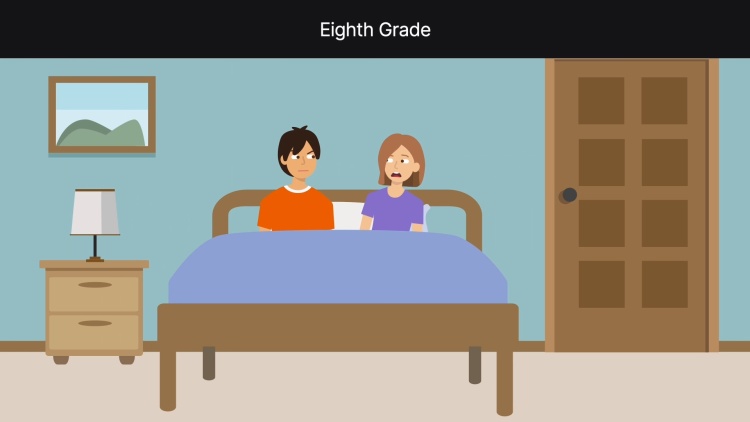Emily K. v. Luis J.
New York Supreme Court, Appellate Division
997 N.Y.S. 2d 510 (2014)
- Written by Rose VanHofwegen, JD
Facts
Emily K. (plaintiff) filed for a protection order against her daughter’s boyfriend, Luis J. (defendant) when both were 13 years old. The two were classmates in kindergarten and had an intermittent boyfriend-girlfriend relationship from fifth to eighth grade. Initially, the relationship involved handholding, kissing, texting, and phone calls. The daughter testified that by sixth grade, Luis was texting or calling five to 10 times a day and became jealous, controlling, and isolating. The two had some sexual contact, including an incident in which Luis allegedly made the daughter touch his erect penis in front of other students at school, and another in which he touched her breasts without permission. They stopped dating for most of seventh grade but began talking again late that year and met twice in eighth grade at Luis’s request. The daughter testified that she reluctantly performed oral sex during the first encounter, thinking Luis would leave her alone if she did. During the first encounter, they had intercourse, and the daughter testified that Luis initially stopped at her request, but then continued. The daughter stopped seeing Luis after that, and when she began having suicidal thoughts, she told her mother about the incidents. Luis did not dispute those facts but argued Emily did not have standing to bring a family offense proceeding on her daughter’s behalf and that the relevant statute did not apply to him because of his age. The family court found that the intermittent dating relationship qualified as an intimate relationship under the state family offense statute. It further found that Luis had committed the offenses of sexual misconduct and forcible touching and granted a two-year protection order. Luis appealed.
Rule of Law
Issue
Holding and Reasoning (Garry, J.)
What to do next…
Here's why 899,000 law students have relied on our case briefs:
- Written by law professors and practitioners, not other law students. 47,000 briefs, keyed to 994 casebooks. Top-notch customer support.
- The right amount of information, includes the facts, issues, rule of law, holding and reasoning, and any concurrences and dissents.
- Access in your classes, works on your mobile and tablet. Massive library of related video lessons and high quality multiple-choice questions.
- Easy to use, uniform format for every case brief. Written in plain English, not in legalese. Our briefs summarize and simplify; they don’t just repeat the court’s language.





